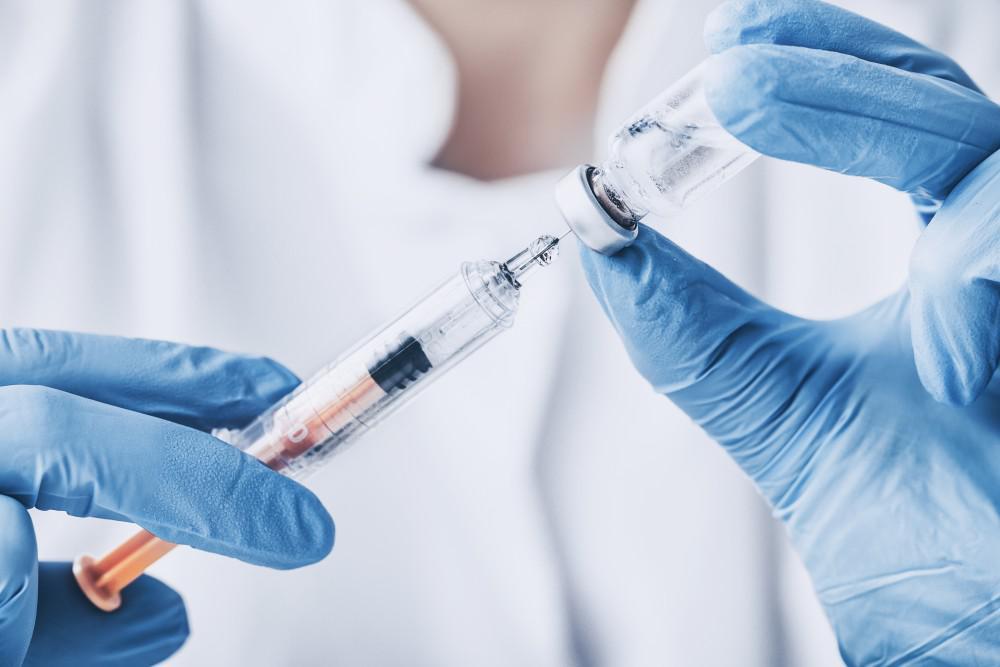
Regenerative medicine is one of the most promising and innovative medical fields that have recently emerged, bringing with it the possibility of curing debilitating diseases and injuries that were once thought incurable. The process relies on stem cells, which can turn into any other type of cell in the body, to regenerate damaged tissue.
One major obstacle that has been preventing regenerative medicine from becoming more widespread is the issue of immunorejection. This occurs when the patient’s immune system recognizes the transplanted cells as foreign and attacks them, causing the transplant to fail. However, recent advances in immunotherapy have made it possible to overcome this obstacle, and researchers are now working on ways to use stem cells to regenerate a wide variety of tissues and organs. Here are just a few examples of the amazing potential of regenerative medicine:
1. Organ regeneration
One of the most exciting applications of regenerative medicine is the possibility of regenerating organs. The treatment involves taking stem cells from the patient’s own body and injecting them into the organ that needs to be repaired or replaced. The stem cells then start to grow and divide, eventually becoming the new cells that make up the organ.
2. Treatment of heart disease
Heart disease is one of the leading causes of death in the world, and regenerative medicine offers a potential cure for this devastating condition. Regenerative medicine holds the promise of being able to repair or replace the damaged heart tissue with healthy new tissue, potentially restoring the patient’s health. It has been successfully used to treat heart disease in animal models, and clinical trials are currently underway to test its efficacy in humans.
3. Treatment of spinal cord injuries
Spinal cord injuries are often devastating, resulting in paralysis below the point of injury. Treatment typically focuses on rehabilitation, but there is currently no way to repair the damage to the spinal cord. However, regenerative medicine offers the potential to regenerate the damaged tissue, restoring function to the patient.
4. Fluoroquinolone-associated tendinopathy
Fluoroquinolone-associated tendinopathy is a condition that can occur as a side effect of certain antibiotics, and it results in severe pain and dysfunction of the affected tendons. Floxed patients often have to discontinue their antibiotic treatment due to the debilitating effects of tendinopathy. However, there is hope that regenerative medicine may be able to treat this condition by regenerating the damaged tendons.
5. Treatment of diabetes
Diabetes is a chronic condition that results in high levels of blood sugar. It can lead to several serious health complications, and currently, the only way to manage it is through lifestyle changes and medication. Regenerative medicine offers the potential to cure diabetes by regenerating the pancreas, the organ that produces insulin. This would eliminate the need for insulin injections and dramatically improve the quality of life for diabetics.
Regenerative medicine is still in its early stages, but the potential applications are truly amazing. With further research, it could revolutionize the way we treat a wide variety of diseases and injuries, potentially curing conditions that are currently considered incurable.